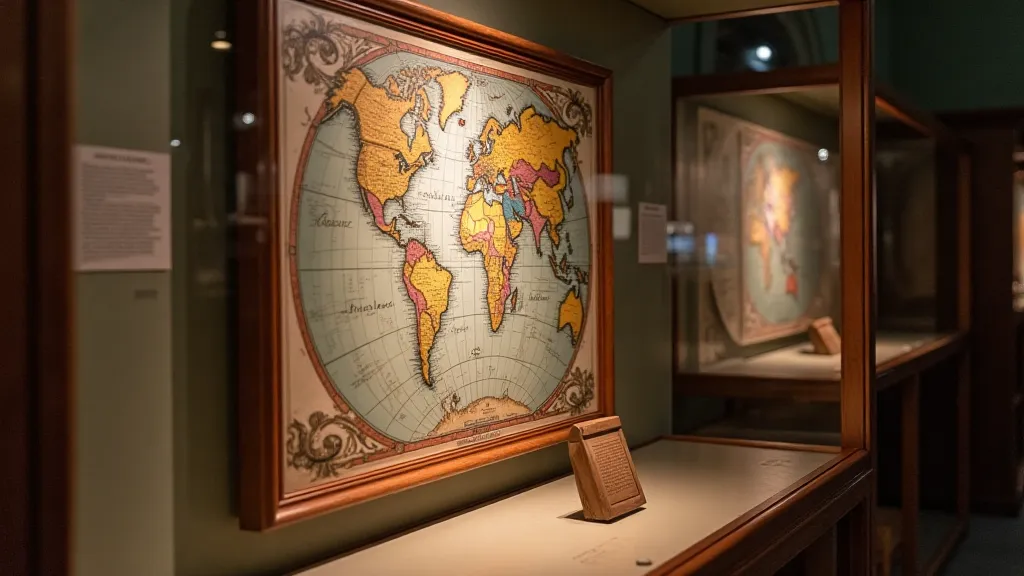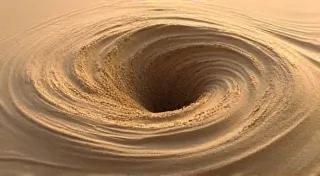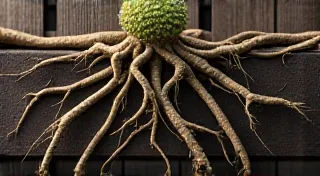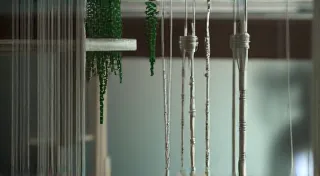A Weaver’s Thread: Integrating Repair with Artistic Integrity
There’s a peculiar reverence that settles over me when I hold an antique map. It’s not simply about ink and paper; it’s about the weight of history, the aspirations etched onto its surface, the stories it silently holds. Each crease is a journey, each tear a testament to survival. As an antique map restoration specialist, my role isn't about erasing those marks; it's about understanding them, respecting them, and, when necessary, delicately integrating repair with the original’s artistic integrity. It's a craft that demands both technical skill and a deep emotional connection.
My journey into this world began unexpectedly. I was a textile conservator, focused on the intricate weaving of tapestries, when I encountered a map – a beautiful, 18th-century depiction of the American colonies, riddled with foxing and brittle along its folds. The map’s owner, a historian, was heartbroken at its condition but wary of intervention. That encounter sparked a fascination. I realized the principles of textile conservation – the meticulous stitching, the gentle cleaning, the respect for the original weave – translated remarkably well to the preservation of fragile paper.
The Echo of the Cartographer’s Hand
The very essence of antique map restoration lies in the ability to discern the original intention of the cartographer. Imagine the painstaking process: hand-drawing the coastline, meticulously rendering geographical features, choosing the appropriate colors and typography. Each element was deliberate, contributing to the map's aesthetic and informational value. A restoration that obliterates these nuances is a betrayal, a silencing of the original artist's voice. We must strive to be invisible, ensuring our interventions are as seamless as possible, leaving behind only stabilization and longevity.
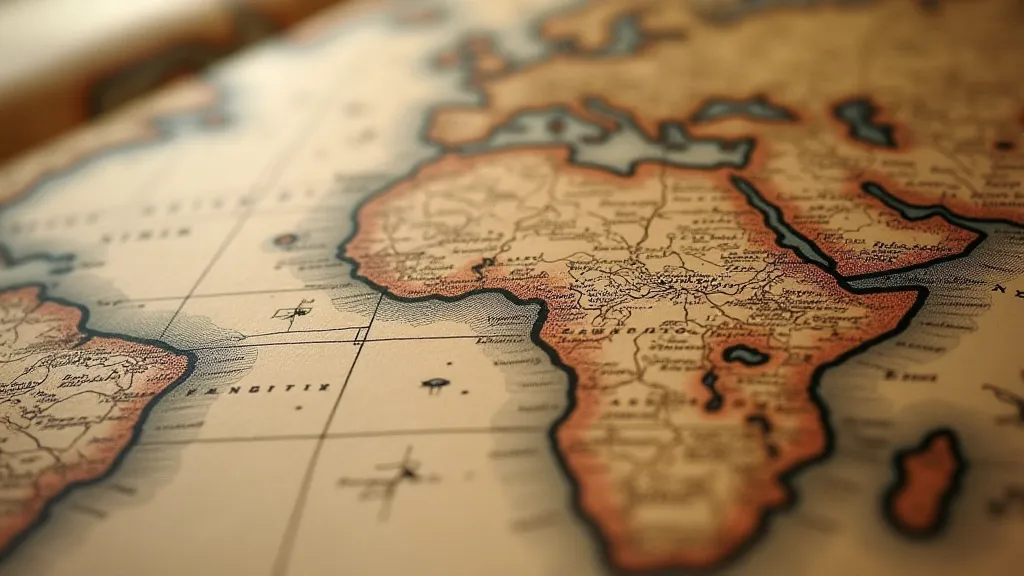
The Ethical Tightrope: What Can Be Done?
The ethical considerations are paramount. Over-restoration, sometimes referred to as "remaking," is a cardinal sin. It involves filling in missing areas, correcting perceived inaccuracies, or altering the overall appearance to align with a modern aesthetic. While the desire to “perfect” the map might be understandable, it’s a profound disservice to its historical value. Imagine erasing a subtle error in the original charting; it's not just an aesthetic correction, it's the erasure of a moment in time, a record of how understanding evolved. The passage of time itself is part of the story.
Often, clients present maps with significant damage: tears, losses, staining, insect damage. My approach begins with a thorough assessment. Can the map be stabilized with minimal intervention? Can losses be carefully supported with Japanese tissue, adhering to the principle of reversibility? Deacidifying paper maps, for instance, is a common necessity, as aging paper becomes increasingly acidic, causing further deterioration. This process neutralizes the acidity, halting the breakdown process and extending the map’s lifespan. It’s a crucial step, but it must be performed with extreme care, using appropriate materials and techniques to avoid further damage.
Repairing Torn Maps: A Delicate Dance
Repairing torn maps is perhaps the most delicate aspect of the work. The goal isn't to make the tear invisible – that's rarely possible – but to ensure it doesn't propagate further. Japanese tissue, carefully applied with wheat starch paste, provides a strong, yet flexible, bond. The tissue must be thin and strong, matching the tone and texture of the original paper as closely as possible. Every application is a measured decision, a balancing act between strength and aesthetics. A careless touch can easily exacerbate the damage, and the consequences can be irreversible.
Sometimes, the damage is so extensive that a fragment is missing entirely. In these cases, I strongly advocate against reconstruction. A small, inconspicuous note indicating the loss is far more honest and informative than a fabricated replacement. The absence is a part of the map's narrative, a reminder of its journey through time.
Folding Techniques and Archival Storage
Beyond the direct repair of tears and losses, there’s the crucial consideration of archival storage and proper folding techniques. Antique maps were often folded for portability, and these folds, over centuries, can become weak points, prone to cracking and separation. Careful refolding, using acid-free paper and linen tape, can alleviate stress on these areas.
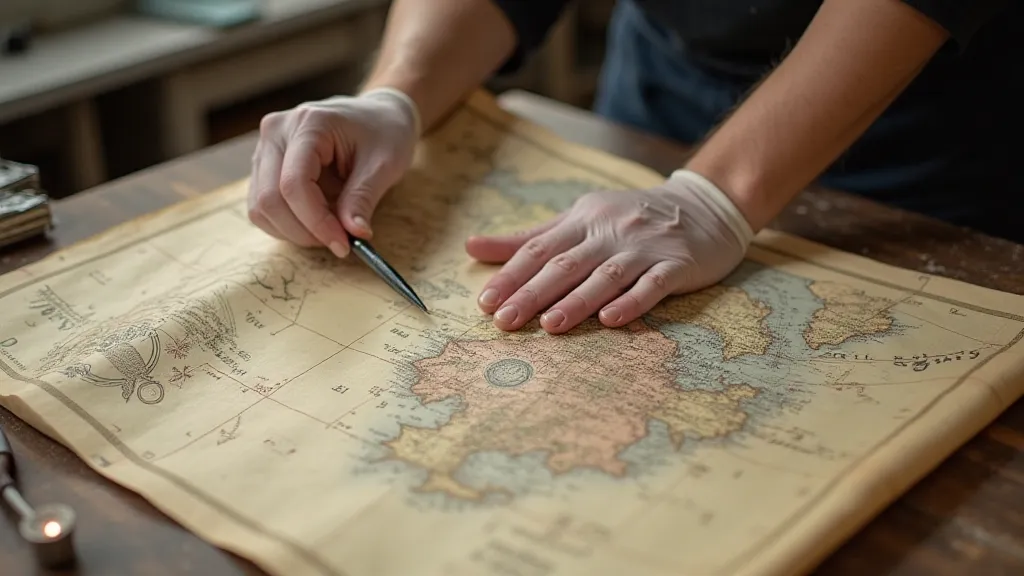
Similarly, appropriate archival storage is essential for long-term preservation. Acid-free folders, boxes, and sleeves protect the map from light, dust, and environmental fluctuations. A controlled environment, with stable temperature and humidity, is ideal. It’s a preventative measure, safeguarding the map from further deterioration.
Dating Antique Maps: Clues in the Details
While not strictly a restoration technique, understanding map dating methods often informs my conservation approach. Knowing the map's origin, its printing techniques, and the historical context provides invaluable insights into its fragility and appropriate treatment. Examining the style of cartography, the typography used, the presence (or absence) of specific place names, and the decorative elements can often pinpoint the map’s era. This understanding shapes my decision-making process – knowing, for example, that a hand-colored plate from the 18th century might require a gentler cleaning process than a later lithographic print.
A Legacy of Preservation
My work isn’t just about fixing tears and neutralizing acidity; it’s about acting as a custodian of history. Each map tells a story, and my role is to ensure that story continues to be told. It’s a privilege to hold these fragile artifacts, to appreciate their beauty, and to contribute to their survival. The integration of repair with artistic integrity isn’t just a technical skill; it’s a profound act of respect – a weaver’s thread, carefully connecting the past with the future.
